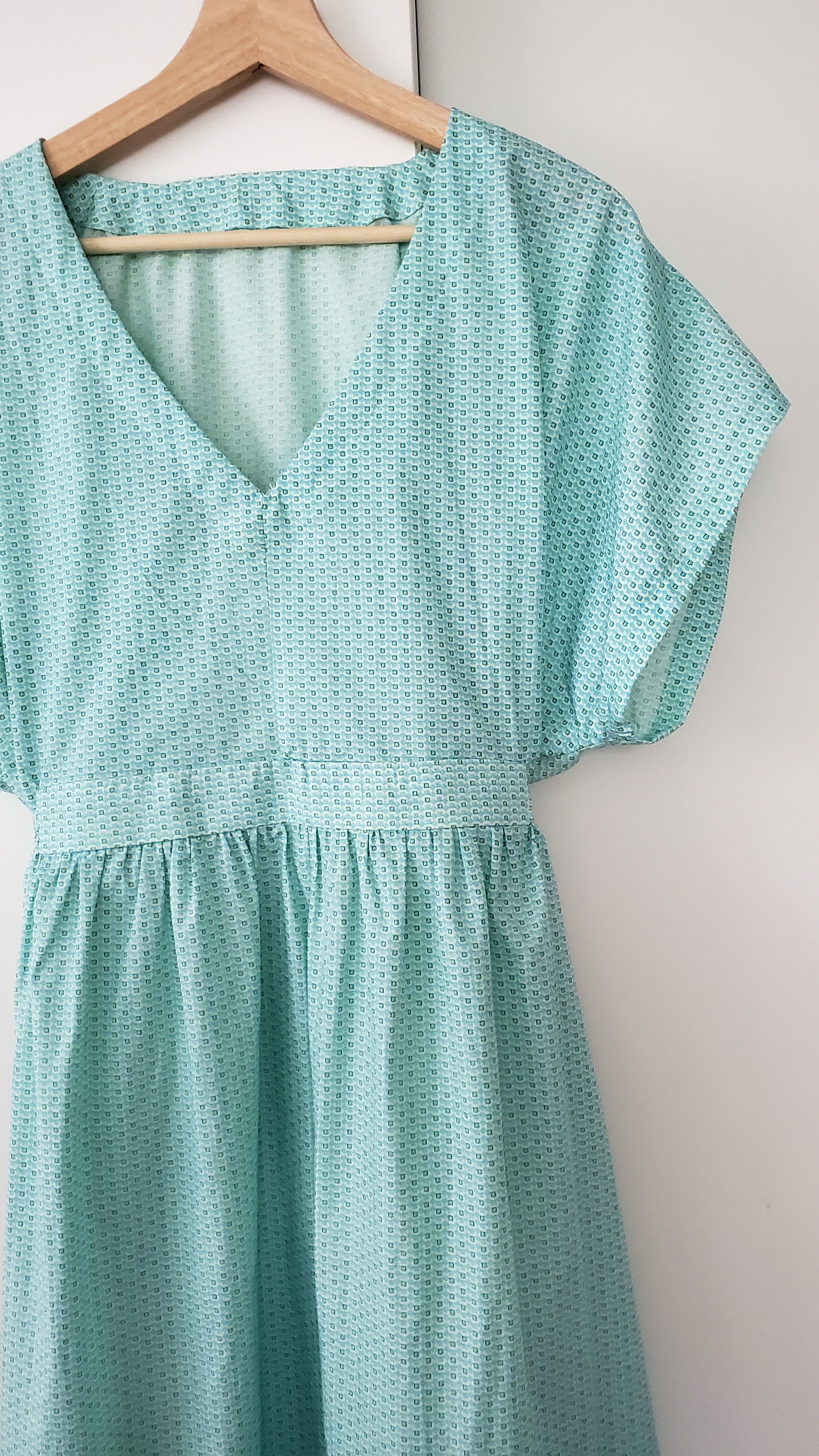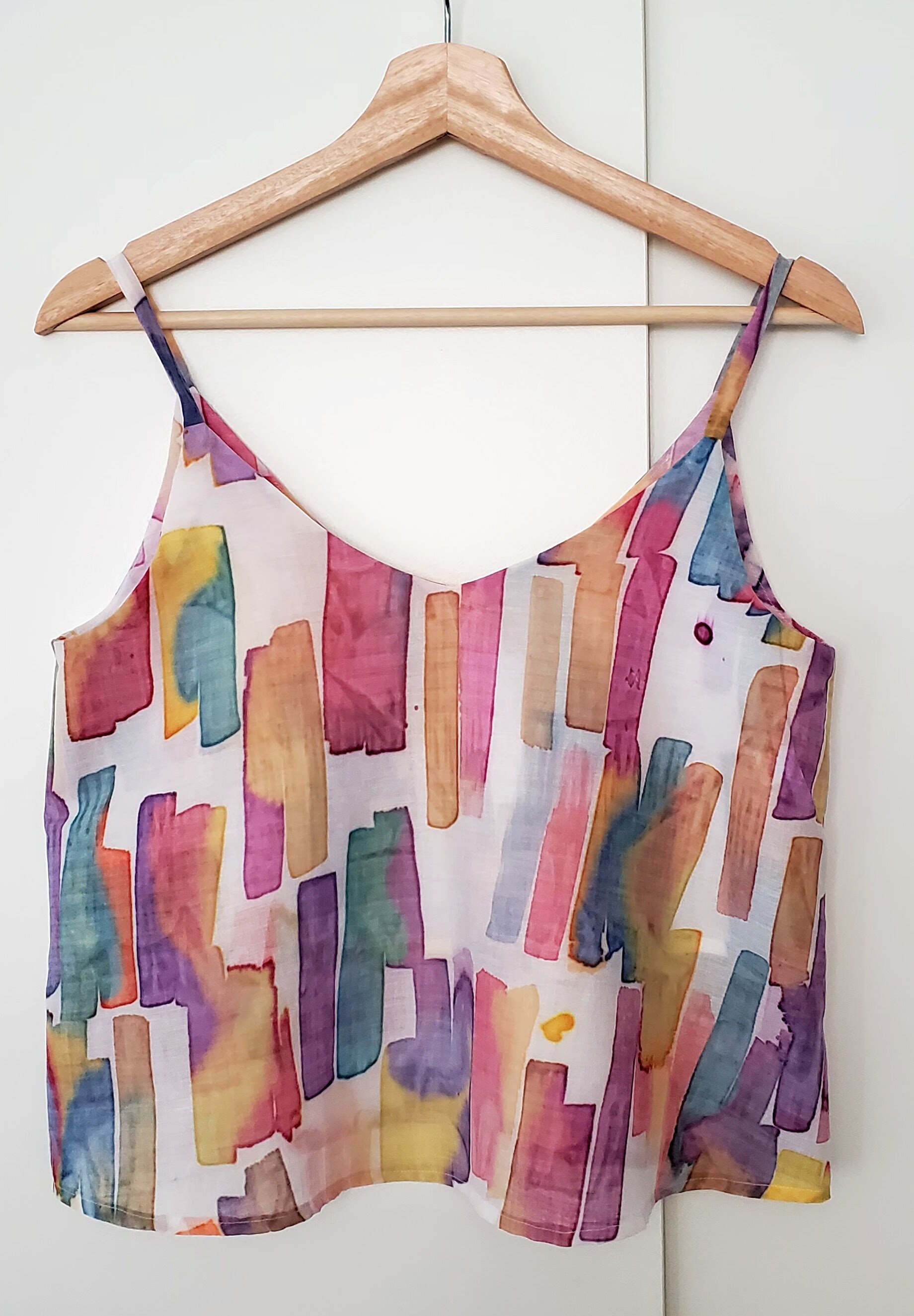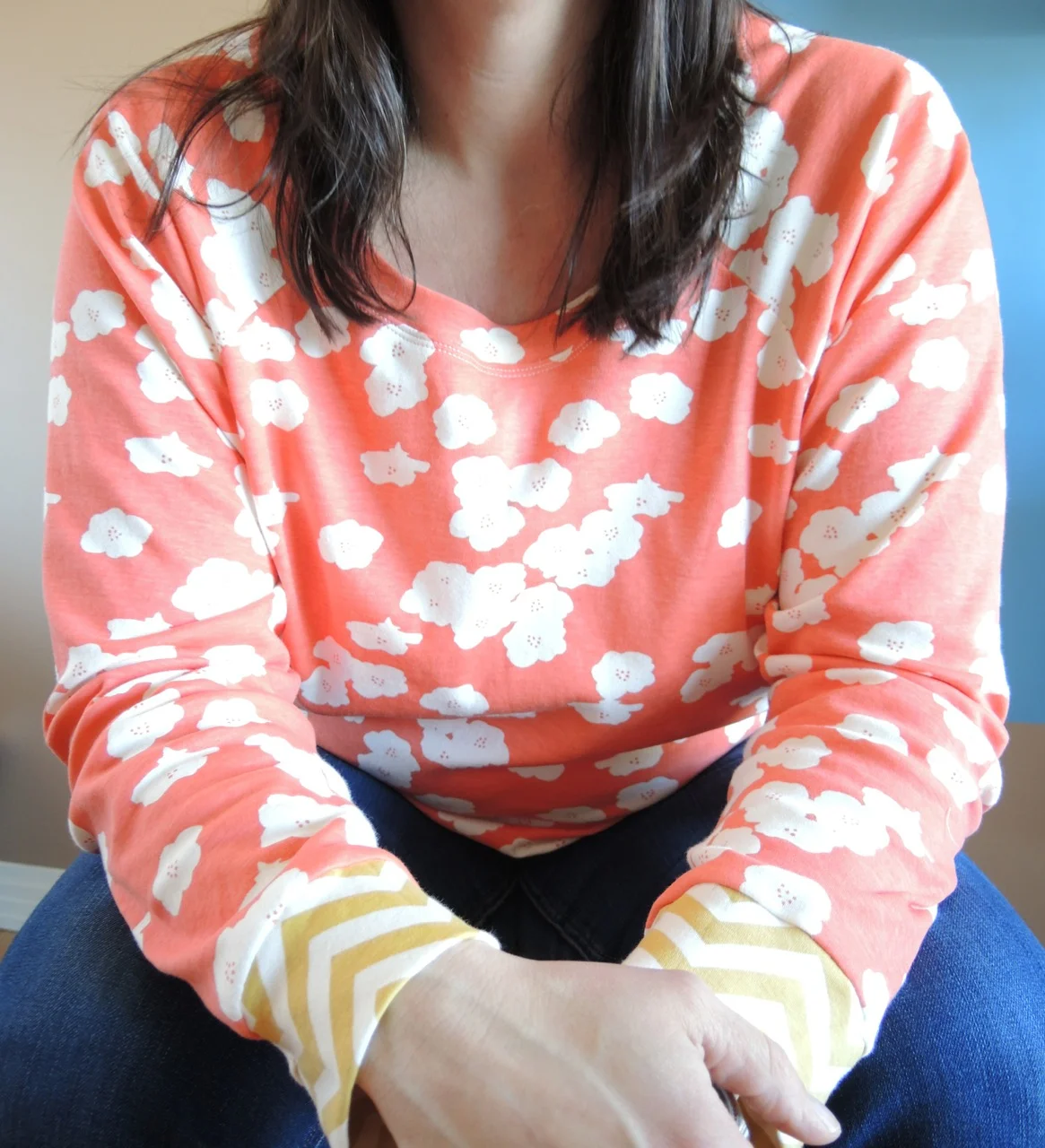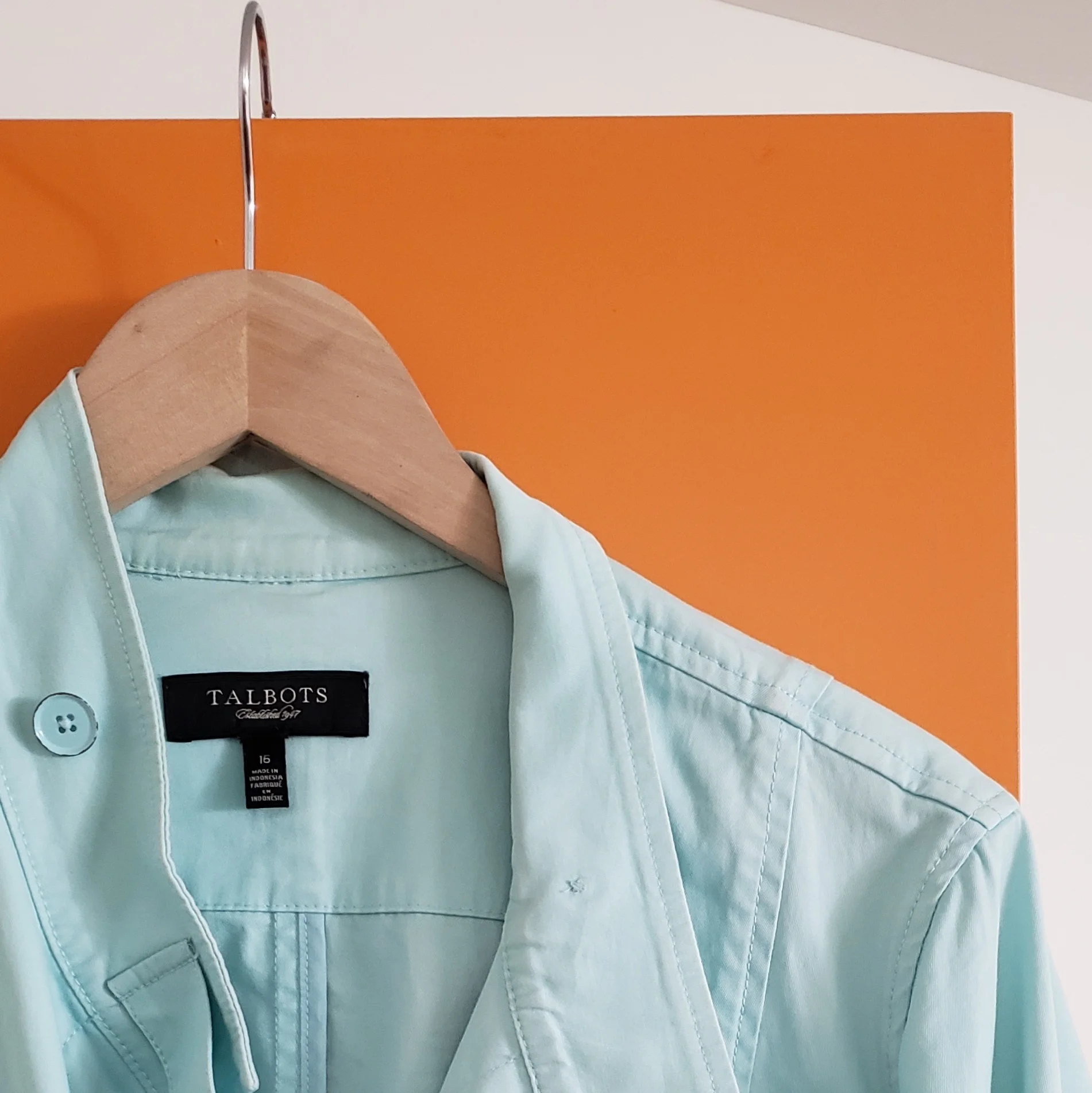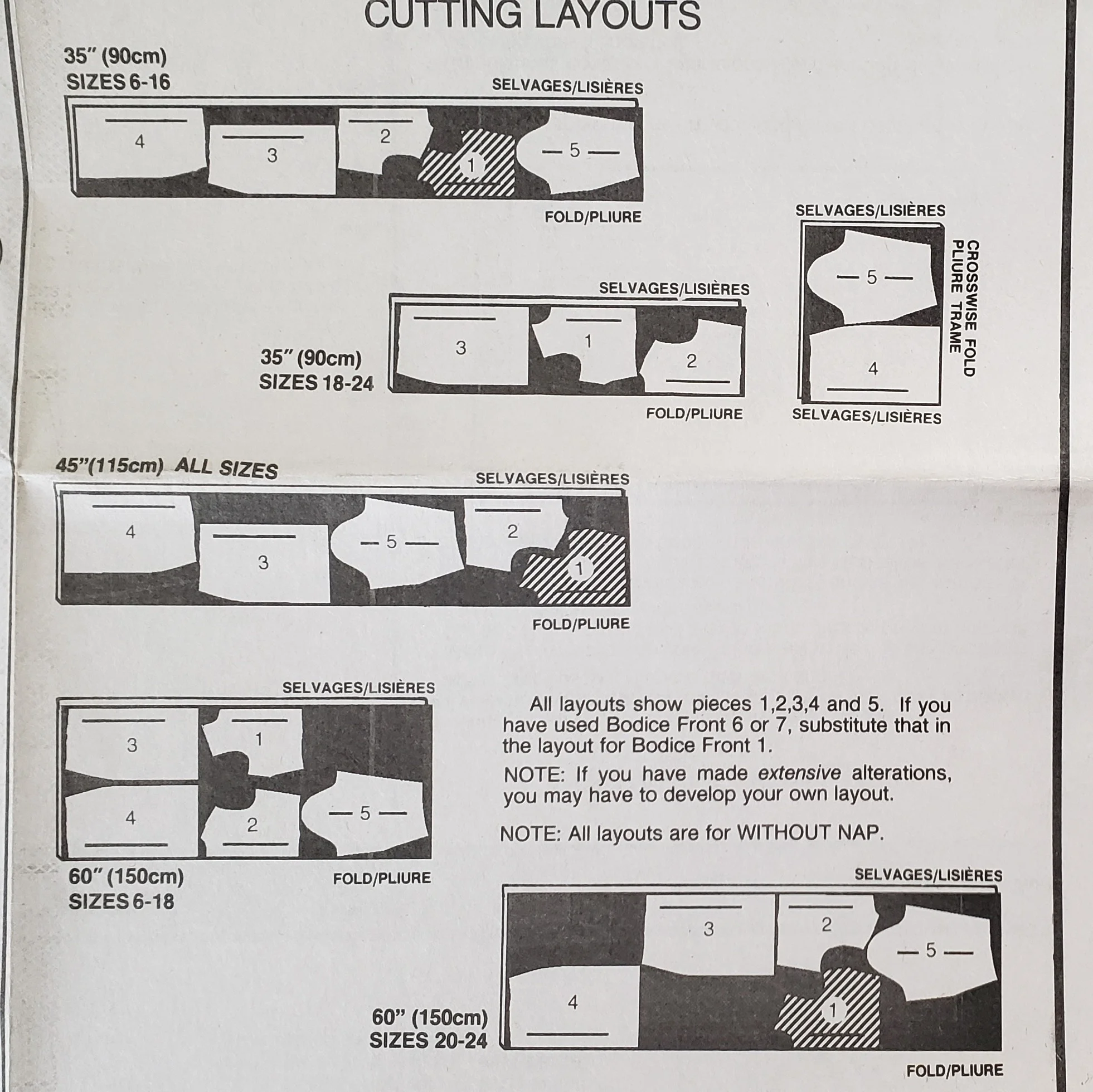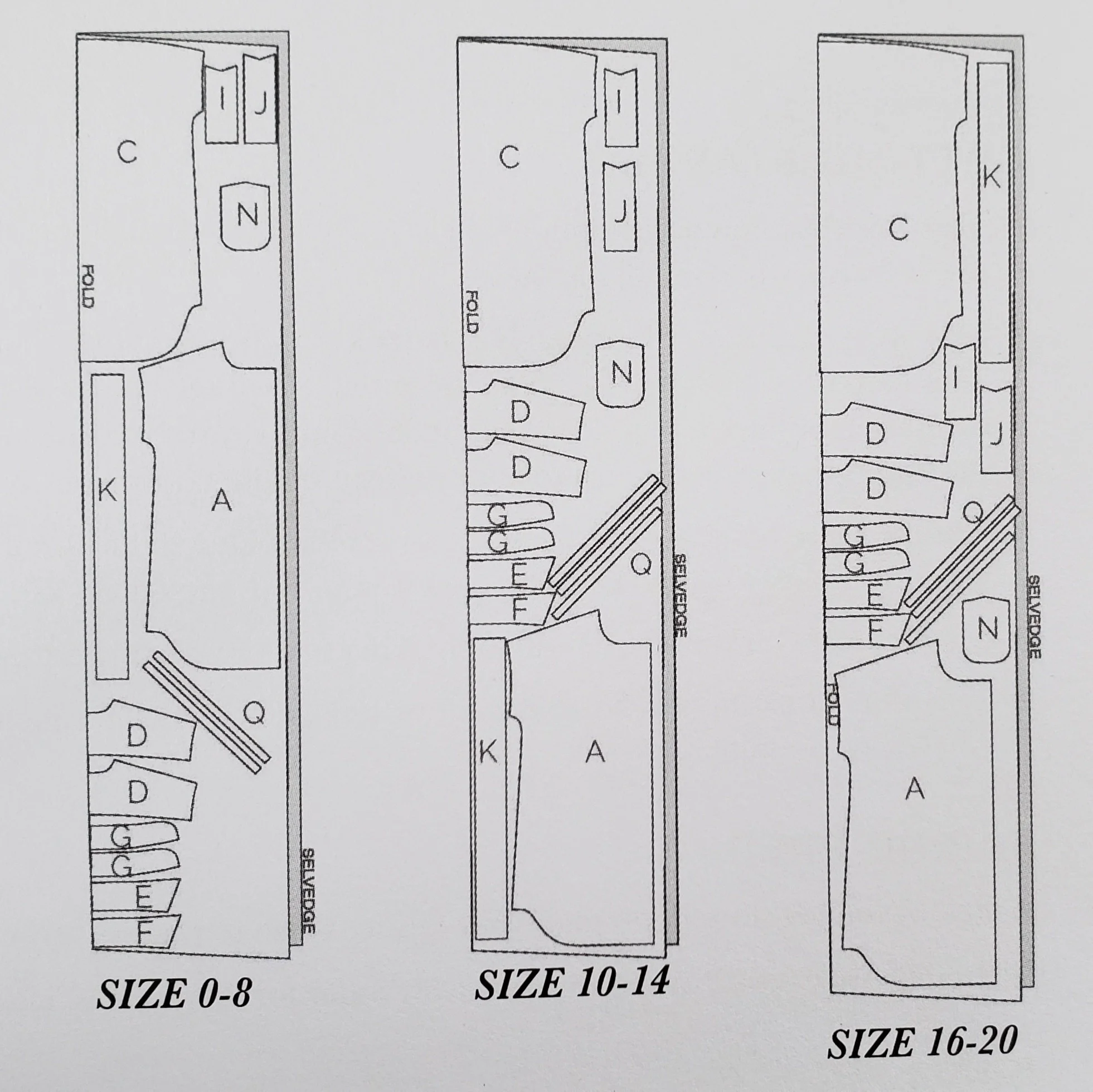May is commonly known as Me Made May in sewing circles. The goal of which is for people to both showcase their hand made clothing and reflect on ready to wear/fast fashion clothing in their closets. Really, it is an opportunity to show off your sewing and styling.
While I am far away from a handmade wardrobe, I do have a few things that I wear consistently. It’s been years since I sewed any clothing of my own though. So instead of showcasing a handmade wardrobe for Me Made May I decided to work on building mine through my Morning Make Practice. Each day I woke up and spent a little time working on clothing items from start to finish. Some days I only cut fabric or sewed just a couple of seams, some days I spent an hour or more moving from step to step. On the weekends I often found myself spending the afternoon making a lot of progress. The pandemic is certainly good for this extra, quiet time at home.
In the end I made 6 garments. Three for me, one I will give away because it ended up being way too small, and one each for my girls.
The Gallery Tunic by Liesl and Co. I’ve made this a couple of times before and like the fit. It was a good one to start with for it’s familiarity. I was wearing it to work by May 4.
The Charlie Caftan was a pattern I’d admired for a while. I liked that I saw it on many different body types with a lot of different design and fabric options. This was my wearable muslin. I bought a gorgeous rayon to make another version with but I need to make some adjustments to the pattern. For now, the whole house agrees I made a very lovely hospital gown.
The Lark by Grainline Studio has been sitting in my sewing room for years. I made a few Linden sweatshirts years ago and liked the pattern. I loved the idea of making a basic tee. And I really wanted to sort out sewing with knits on my machine. Well, my fabric did not have enough stretch and this DOES NOT fit. Bummed because I really liked this fabric. It was a discouraging experience and stopped me from using knits for the rest of the month. But I forged ahead with the finish to learn more about my machine and sewing with knits. Then a friend claimed the shirt, no matter what.
Another Closet Core Pattern, like the Charlie Caftan, this is the Kalle Shirt Dress. I’ve had the pattern and this fabric for it since a visit to Patch Halifax in 2018. This shirt was a huge learning curve of techniques, but between the pattern and the sew along everything was well explained. Which is more than I can say for how to do buttonholes on my Bernina. This will definitely get worn out of the house.
The Ogden Cami by True Bias was the perfect match for this fabric my oldest, The Monster, has been hoarding. We picked it up in 2019 at the Contextural show in town and it is a hand painted fabric by Caroline Forde. Cropped, because she is 14, and with the lining made longer based on pattern reviews, it is perfect all around. Not a pattern for a large buster 46 year old, but perfect for her.
Finally, the Fiore Skirt, also by Closet Core patterns for my newly minted teen, The Evil Genius. She came with me at the beginning of the month to by thread at Rick Rack Textiles, spotted the pattern, and convinced me to make it for her. I’m not sure if it was bribery on her part to pick fabric of my own design. If so, well played. The pattern came together very well and I am tempted to make a linen version for myself.
Unlike quilts, I felt a very strong need to finish each of these garments before moving on to the next. So much so that I felt them as a bit of a weight at times. I’m not sure I will be as focused on one thing of this magnitude again for Morning Make again! It was a lot of thinking for first thing in the morning too. Quite often I found myself needing to come back in the afternoon or evening just so I could have my brain be really awake for the task at hand.
It was really good to get back to garment sewing again. With the new techniques I’ve picked up I am even more motivated to keep going. Just maybe not at quite the same pace. I have a few more things I would like to make for summer. And, of course, my son has requested I make him something now. As for Morning Make, I’ve moved on to something entirely different for June, something a lot less taxing first thing in the morning.



